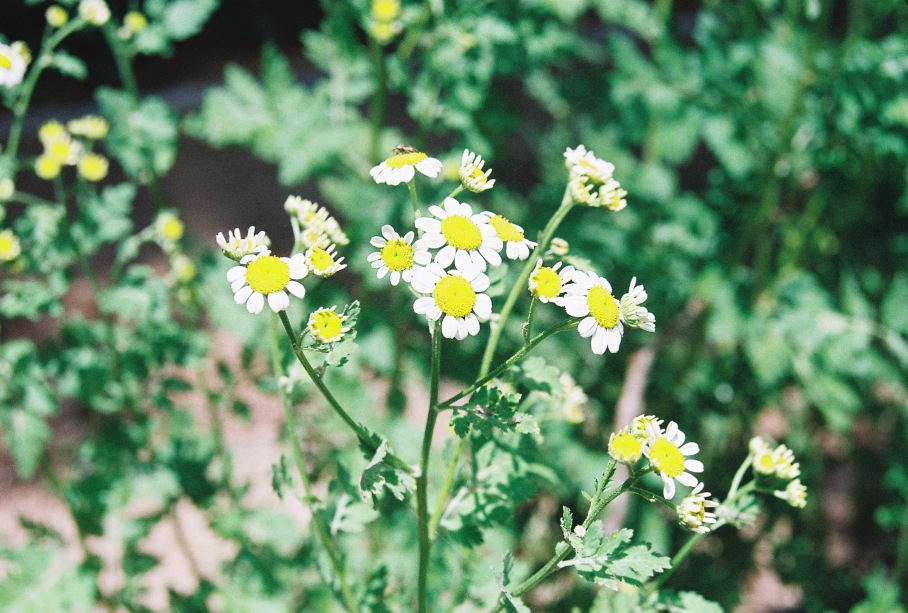Benefits: Relieves Arthritis Pain
Background: Urtica dioca, or Stinging Nettle, has been used for thousands of years. For example, in Bronze Age Denmark (2000 B.C.), nettle fibers were often used to make burial shrouds. In ancient Greece, Stinging Nettle is known to have been prescribed for coughs and tuberculosis as well as arthritis. Stinging Nettle was cultivated in both Russia and Sweden in the 17th century for use as a fodder crop. On occasion, nettle fiber has even been used to make textiles and paper!
Common Uses: Urtica dioca also has a wide variety of common medicinal uses. For example, the roots are sometimes taken as a diuretic or used as an astringent (a substance which causes the skin to draw tight). The leaves are used to treat a wide variety of allergies, urinary tract infections, endocrine disorders and gastrointestinal complaints. The young leaves, (which are rich in vitamins, iron, zinc and chlorophyll) are sometime cooked as greens. However, the most popular common use of Stinging Nettle is as an arthritis treatment; the herb has been used to relieve pain by direct application of the leaves to the affected joint for many years.
Description: Urtica dioca is a familiar weed often found near human habitations, which thrives in nitrogen rich soils and grows up to a height of five feet. It is a coarse, upright, spreading perennial with creeping, yellow roots and ovate, pointed, deeply toothed leaves covered with bristly, stinging hairs. Minute green flowers with yellow stamens are borne in pendulous clusters in the summertime.
Cultivation: This herb does best in damp nitrogen rich soils in partial shade. Stinging Nettle is hardy from zones 3-10.
Parts Used: Leaves and roots.
Harvest: The top 6-12 inches of stems with leaves attached are harvested when the plant comes into flower. The roots are harvested in the fall or winter (after the plant dies back) starting in the third year. The leaves can be dried easily, but the roots may need to be chopped up to speed drying. (Note: Always wear long sleeves and gloves when harvesting Urtica dioca; as allergic reactions are common!)
Preparation and Use: Stinging Nettle root may be taken as a decoction several times a day; or the fresh leaves may be applied directly to the affected joints as needed.
Research: Clinical studies have documented both anti-inflammatory and anti-arthritic effects from Urtica dioca. For example, a 3 week study of 1528 arthritic patients [i] treated with nettle leaf extracts resulted in significant reported improvements in arthritis-related symptoms. A different study, which examined the effects of a daily topical application of stinging nettle leaf to painful joints [ii] at the base of the thumb or index finger, also found significant reported reductions in pain after only a 1 week period. Finally, a third study, which had patients apply fresh nettle leaves to painful knee joints [iii] on a daily basis for a week, found a majority of patients reported significant reductions in arthritis related pain as well.
[i] Chrubasik S. et al,: “Evidence for the anti-rheumatic effectiveness of herba Urticaie dioicae in acute arthritis: A pilot study.” Phytomedicine 4:105-108. 1997
[ii] Randall, C., et al. “Randomised controlled trial of nettle sting for treatment of base-of-thumb pain”. J. R. Soc. Med., 2000 Jun;93(6):305-9.
[iii] Randall, C., et al. “Nettle sting for chronic knee pain: A randomized controlled pilot study.” Complementary Therapies in Medicine 2008: 16:66-72


